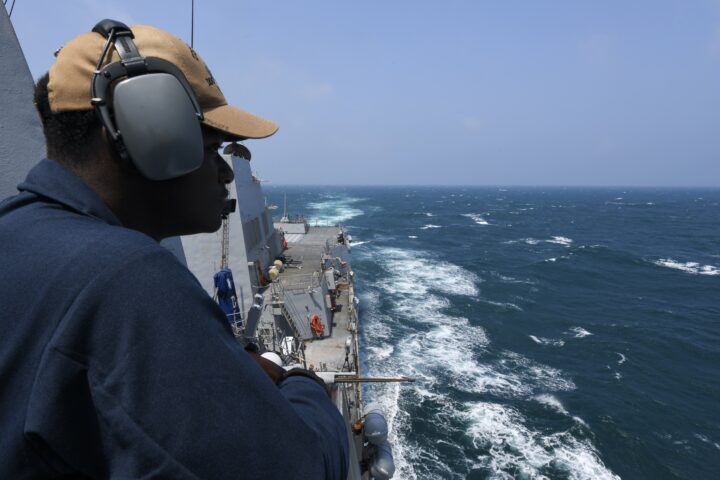
Destroyer USS Halsey Sails Through Taiwan Strait
Destroyer USS Halsey (DDG-97) performed a Taiwan Strait transit on Wednesday, U.S. 7th Fleet announced.…

Copyright 2024 U.S. Naval Institute. All Rights Reserved.